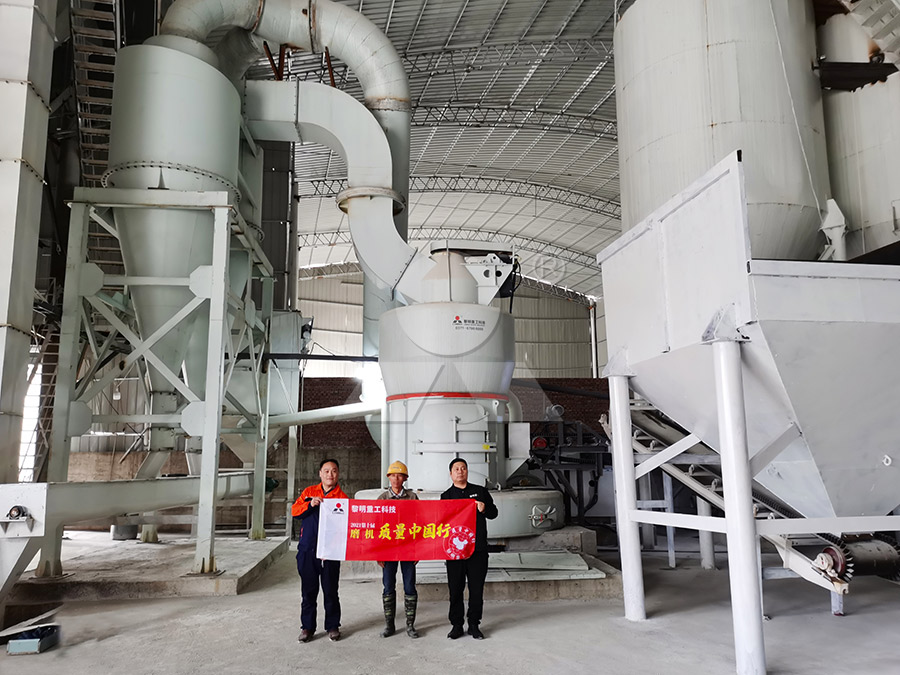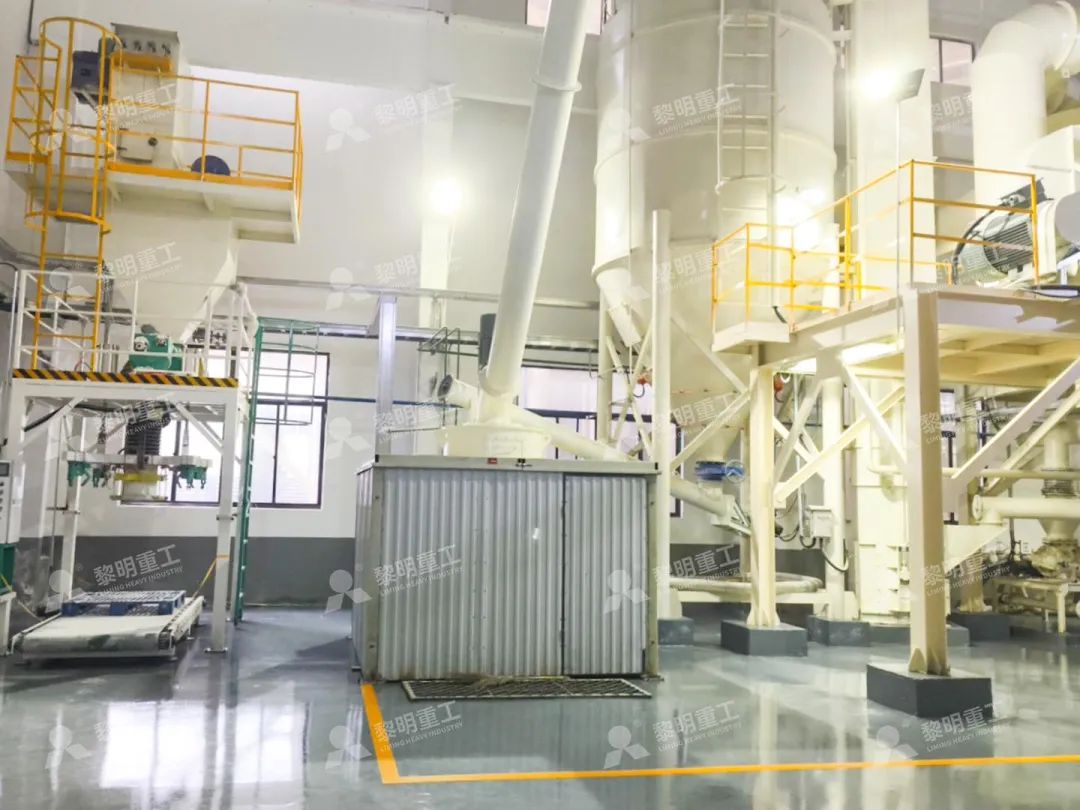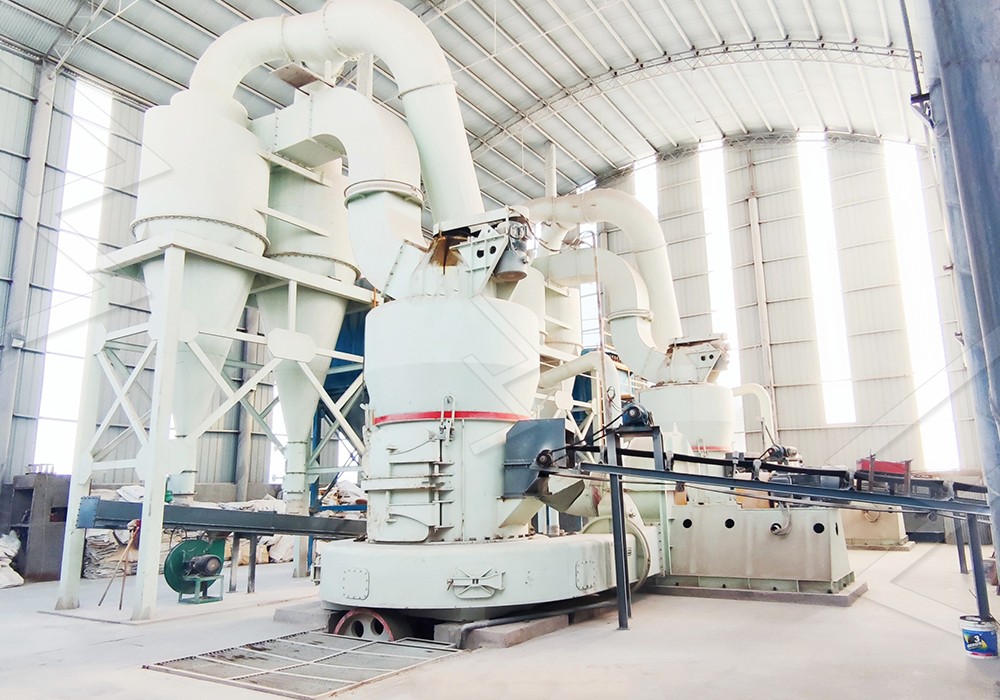Processing Iron-Rich Dolomite: Grinding Techniques and Equipment Selection
Processing Iron-Rich Dolomite: Grinding Techniques and Equipment Selection
Iron-rich dolomite presents unique challenges in mineral processing operations, requiring specialized grinding approaches to achieve optimal particle size distribution while minimizing iron contamination. The presence of iron compounds within the dolomite matrix demands equipment that can deliver precise fineness control while maintaining product purity.

Understanding the Material Challenges
Dolomite containing significant iron content (typically 2-15% Fe₂O₃) requires careful handling throughout the grinding process. The abrasive nature of iron compounds accelerates wear on grinding components, while the need for high-purity final products demands minimal iron introduction from mechanical sources. Traditional grinding methods often struggle with these competing requirements, leading to compromised product quality or excessive maintenance costs.
The key processing objectives for iron-rich dolomite include achieving target fineness between 325-2500 mesh, maintaining low iron contamination, ensuring consistent particle size distribution, and optimizing energy consumption throughout the operation.
Advanced Grinding Solutions
Modern grinding technology has evolved significantly to address the specific challenges posed by materials like iron-rich dolomite. Among the most effective solutions is the MW Ultrafine Grinding Mill, which offers several distinct advantages for this application. With an input size capability of 0-20 mm and capacity ranging from 0.5-25 tph, this equipment is particularly well-suited for processing dolomite with iron content.
The MW Mill’s innovative design features higher yielding capacity with lower energy consumption compared to traditional grinding systems. Production capacity is 40% higher than jet grinding mills and twice as large as ball grinding mills, while system energy consumption is only 30% of jet grinding mills. This efficiency is particularly valuable when processing abrasive materials like iron-rich dolomite.

Technical Advantages for Dolomite Processing
The MW Ultrafine Grinding Mill incorporates several features that make it ideal for iron-rich dolomite processing. The adjustable fineness between 325-2500 meshes allows operators to precisely target the required particle size distribution for various applications. The cage-type powder selector, incorporating German technology, ensures high precision in powder separation with screening rates achieving d97≤5μm in a single pass.
Perhaps most importantly for iron-sensitive applications, the mill’s grinding chamber contains no rolling bearings or screws, eliminating common sources of iron contamination from mechanical wear. The external lubrication system enables continuous 24-hour operation without shutdowns for maintenance, significantly improving operational efficiency.
Environmental and Operational Considerations
Modern mineral processing operations must address environmental concerns alongside technical requirements. The integrated pulse dust collector in the MW Ultrafine Grinding Mill ensures no dust pollution during operation, while silencers and noise elimination rooms maintain workplace comfort and regulatory compliance. The fully digitalized processing with numerically controlled operations guarantees high precision, especially for core components subject to abrasive wear.
For operations requiring even higher precision in vertical grinding configuration, the LUM Ultrafine Vertical Grinding Mill presents an excellent alternative. With input size of 0-10 mm and capacity of 5-18 tph, this mill features unique roller shell and lining plate grinding curves specifically designed to handle materials prone to iron contamination issues.

Implementation Strategy
Successful implementation of grinding technology for iron-rich dolomite requires careful consideration of the entire processing circuit. From initial crushing through final classification, each stage must be optimized to minimize iron introduction and maximize product quality. The selection of appropriate grinding media, liner materials, and separation technology all contribute to the final product characteristics.
Regular monitoring of iron content throughout the process allows for timely adjustments and ensures consistent product quality. Modern control systems integrated with grinding equipment like the MW Ultrafine Grinding Mill enable real-time optimization of operating parameters based on feed material characteristics and product requirements.
Frequently Asked Questions
What makes iron-rich dolomite particularly challenging to grind?
Iron-rich dolomite combines the abrasive characteristics of iron compounds with the need for high-purity final products. This creates conflicting requirements where efficient size reduction must be balanced against minimizing iron contamination from mechanical wear.
How does the MW Ultrafine Grinding Mill address iron contamination concerns?
The MW Mill eliminates iron contamination sources through its bearing-free grinding chamber design, external lubrication system, and specialized wear-resistant materials that minimize mechanical introduction of iron into the product stream.
What fineness range can be achieved with modern grinding equipment?
Advanced mills like the MW Ultrafine Grinding Mill can produce powders ranging from 325 to 2500 meshes, with precise control over particle size distribution to meet specific application requirements.
How important is energy efficiency in dolomite grinding operations?
Extremely important. Modern grinding technology can reduce energy consumption by 30-50% compared to traditional methods, significantly impacting operational costs while maintaining or improving product quality.
What maintenance advantages do specialized grinding mills offer?
Equipment like the MW Ultrafine Grinding Mill features simplified maintenance with accessible components, reliable spare parts supply, and designs that reduce downtime through features like external lubrication and reversible structures for easy component replacement.
